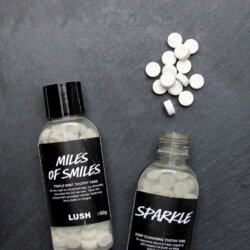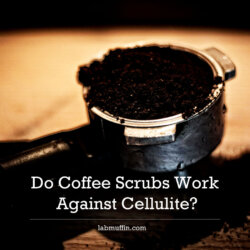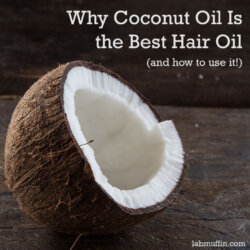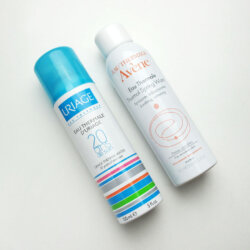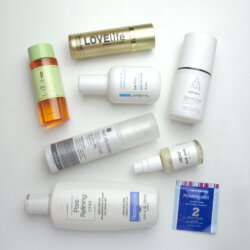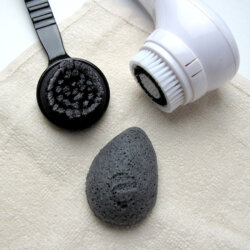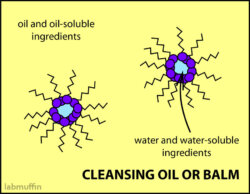Lush Toothy Tabs and Powder Review
Toothpaste isn’t a product I’ve ever felt the need to experiment with, since almost every brand looks the same and feels the same to me, so I was intrigued when I saw Lush’s tooth products, which are completely dry – which totally confused me until I remembered that you brush your teeth beside a tap, and saliva exists, so it’ll …
